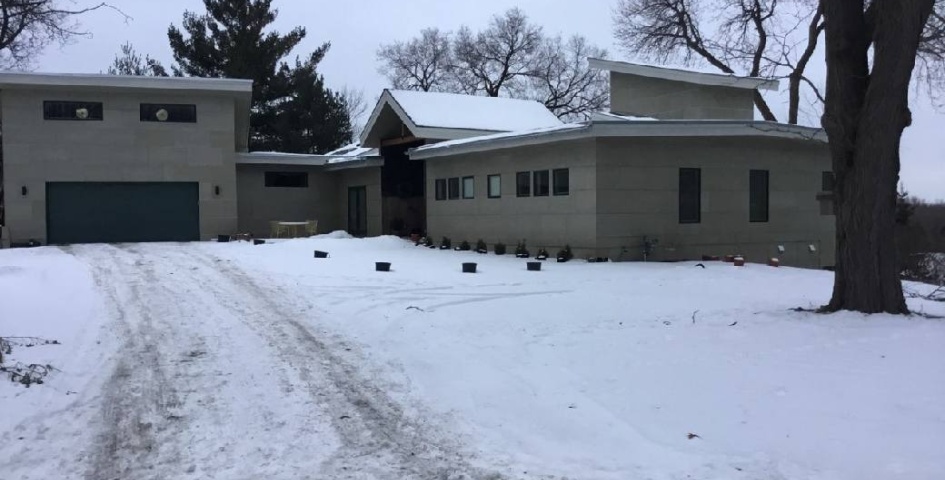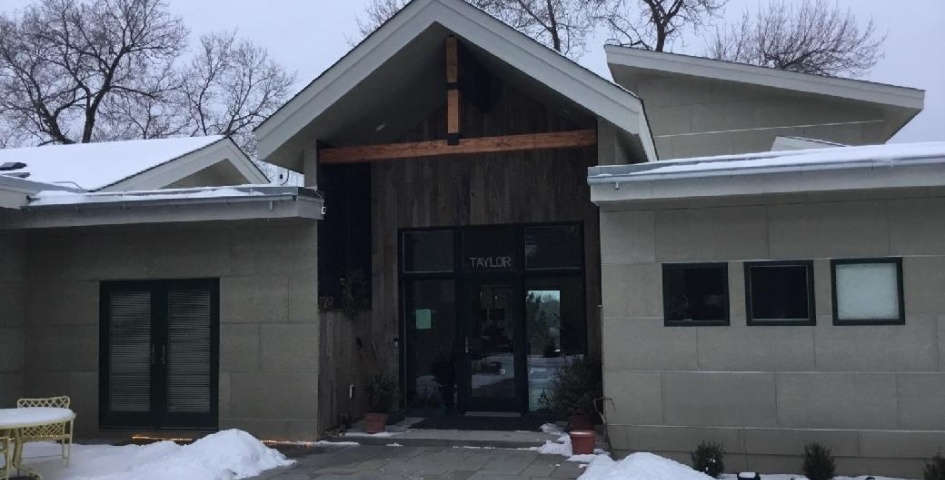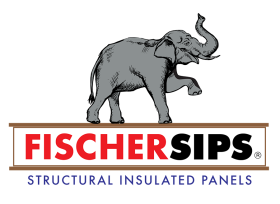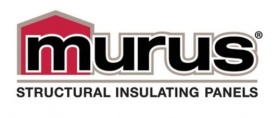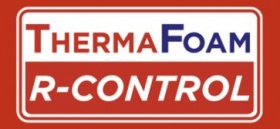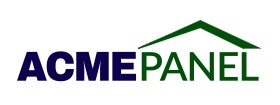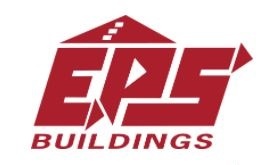Comfy and Cozy SIP Basement House Mendota Heights MN
Location: Mendota Heights, MN
Project Information
| Project Type: | Residential, > 3,000 sq. ft. |
|---|---|
| Manufacturer: | Extreme Panel Technologies |
| Builder: | RB Homes LLC |
| Design Professional: | Designed by Allan and Agnes with the help of Design-Living Inc. |
| Year Built: | 2021 |
Performance
| High Performance: | No |
|---|---|
| HERS/EUI Index Score: | |
| ACH50 - Blower Test Results: | 1.16 |
| kBtu/sq.ft./year: | |
| CO2 lbs./sq.ft./year: |
Building use:
Single Family Residence. Home for retired couple. We wanted to push the envelope of what was possible in energy efficiency and comfort while taking advantage of the site.
How did SIP construction help you get this job?
Homeowner Allan Taylor was adamant on using SIPs for the basement walls, walls and roof panels.
From Allan: I tried using an Architect and in our discussions she recommended using SIPs to meet our energy efficiency goals. I visited a neighbor who had built using Extreme Panel SIPs and when I looked at how they are made compared to others I chose Extreme Panel SIPs. I chose a SIP wood foundation because it is dryer than concrete and concrete is an energy product i.e. it takes a lot of energy to make concrete. I did look into foam filled prefab concrete panels for the foundation.
SIP wall thickness: 6 1/2" main level walls - 8 5/8" basement walls
SIP roof thickness: 12 1/4" Roof
Benefits of using SIPs on this project. Did SIPs help save time, labor, construction costs, or energy?
The resulting structure is quiet, energy efficient and air tight, we are at a hight point with lots of wind.
Innovative design elements or structural engineering involved:
The stairs are enclosed by SIPs making them thermally separate from the conditioned spaces. Air flow between floors is managed by the mechanical system.
Blower door test results: 1.16 ACH@50
HVAC:
High efficiency gas boiler for most heating. Master bath floor is heated by an electric hot water heater using pex tubing for distribution; this allows the boiler to remain idle during non heating times.
Floor heat is used throughout the building including the garage. The heated garage keeps the cars comfortable and the batteries at a better operating temperature.
Additional energy-saving materials used in the building envelope:
Andersen windows and doors were used on the exterior and to isolate the stairs from the conditioned spaces.
Additional energy-efficient products or design features:
The stair tower has heat gaining glass panels, the result is it gets quite warm in the summer aiding passive ventilation and warmth in the shoulder seasons. The exterior is Hardee board over 1x4 treated wood strips creating what I call a breathing wall. Moisture that penetrates the outer surface will evaporate and exit through a small gap at the peak of the wall.
Solar Panels installed:
30 solar panels were installed. The garage roof was designed with a 3/12 pitch to accept solar panels. The Foyer roof is 8/12 and has 6 solar panels, these work best in late fall and winter.
Additional sustainable materials or design features:
Two beams, a garage door, garage siding, some light fixtures and the front door were salvaged from the house that was torn down. Red wood was salvaged and reworked into a large counter top in the master bath. Two exterior doors were also salvaged.
Documents
- Other: Building-Excellence-Award-form-2022-Jed-Taylor.pdf
- Other: Comfy-and-Cozy-SIP-Basement-House-Mendota-Heights-MN.pdf

